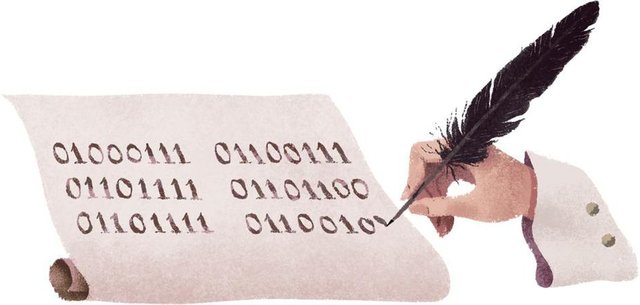Today's Google Doodle celebrates the birthday of Gottfried Wilhelm Leibniz.

Working independently but at around the same time as Isaac Newton, Leibniz developed differential calculus, a type of mathematics used to calculate rates of change, and integral calculus, a type of mathematics used to calculate things like area and volume. Because Leibniz and Newton were both members of the Royal Society in London, it's likely they would have heard of each other's work even though they weren't collaborating. Leibniz was the first to publish, in 1684; Newton followed nine years later in 1693. But a few years later, the Royal Society - with Newton as its newly-installed president - accused Leibniz of plagiarizing Newton's work. The two mathematicians had used different ways of writing calculus down, however, and Leibniz's version is still used today - so in a way, he had the last word as well as the first.
Sunday's Google Doodle celebrates the 372nd birthday of mathematician and philosopher Gottfried Wilhelm Leibniz. He was born near the end of the Thirty Years War, into a world very different from today's, but his work helped lay the foundation for the computer or smartphone on which you're reading this article.
Leibniz also developed the binary system, whose notation of zeroes and ones is the basis of modern computer languages. His book, Explication de l'Arithmétique Binaire, credited the ancient Chinese divination manual, the I Ching, with inspiring the binary system of zeroes and ones, since the I Ching's hexagrams use a very similar notation to record numbers. In an age of European ethnocentrism, Leibniz still recognized China's long-standing mathematical advancement. He also drew on the work of European mathematicians who had already invented their own systems of binary notation, but he refined and simplified those systems into the modern form of binary. And he wrote about logical properties that would be very familiar to modern information theorists and computer programmers - even if it's written in ink on parchment, as Sunday's Google Doodle depicts.
Hi! I am a robot. I just upvoted you! I found similar content that readers might be interested in:
https://www.forbes.com/sites/kionasmith/2018/06/30/sundays-google-doodle-celebrates-mathematician-gottfried-wilhelm-leibniz/
Downvoting a post can decrease pending rewards and make it less visible. Common reasons:
Submit